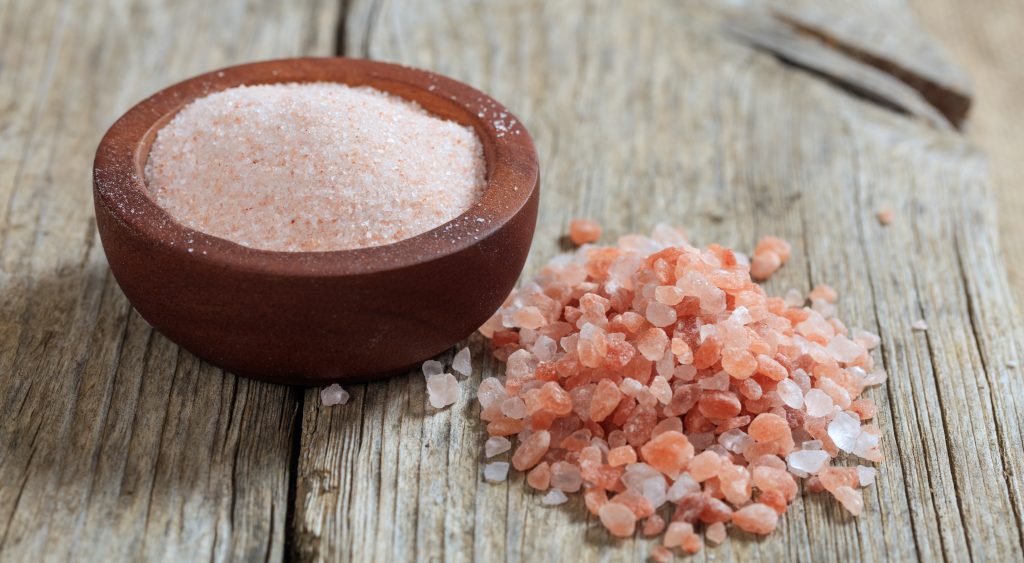Arq. Bras. Cardiol. 2022; 118(5): 883-884
Himalayan Salt and Table Salt Intake among Hypertensive Individuals
This Short Editorial is referred by the Research article "Comparison between the Effects of Hymalaian Salt and Common Salt Intake on Urinary Sodium and Blood Pressure in Hypertensive Individuals".
With the involvement of approximately 30% of the Brazilian population, arterial hypertension is listed as one of the main causes of cardiovascular disease. The current WHO recommendation for sodium intake is < 2g/person/day, or 5g salt/person/day. However, it is already known that the salt intake pattern of the Brazilian population reaches up to 12g/day. Although the increase in blood pressure has a multifactorial etiology, excessive sodium intake is among the main causes. ,
This element has important physiological functions such as regulation of extracellular volume, nerve conduction and muscle function. There is little disagreement in the literature about the benefits of reducing sodium intake for the hypertensive population. A strategy widely addressed by social media and in print was the adoption of Himalayan Salt for being rich in iron, zinc, calcium, magnesium and potassium and its supposed benefits over table salt in pressure control on hypertensive patients. – In this context, Loyola IP et al. evaluated the impact of table salt and Himalayan salt intake on blood pressure parameters and urinary sodium concentration in hypertensive individuals.
[…]
3,044

